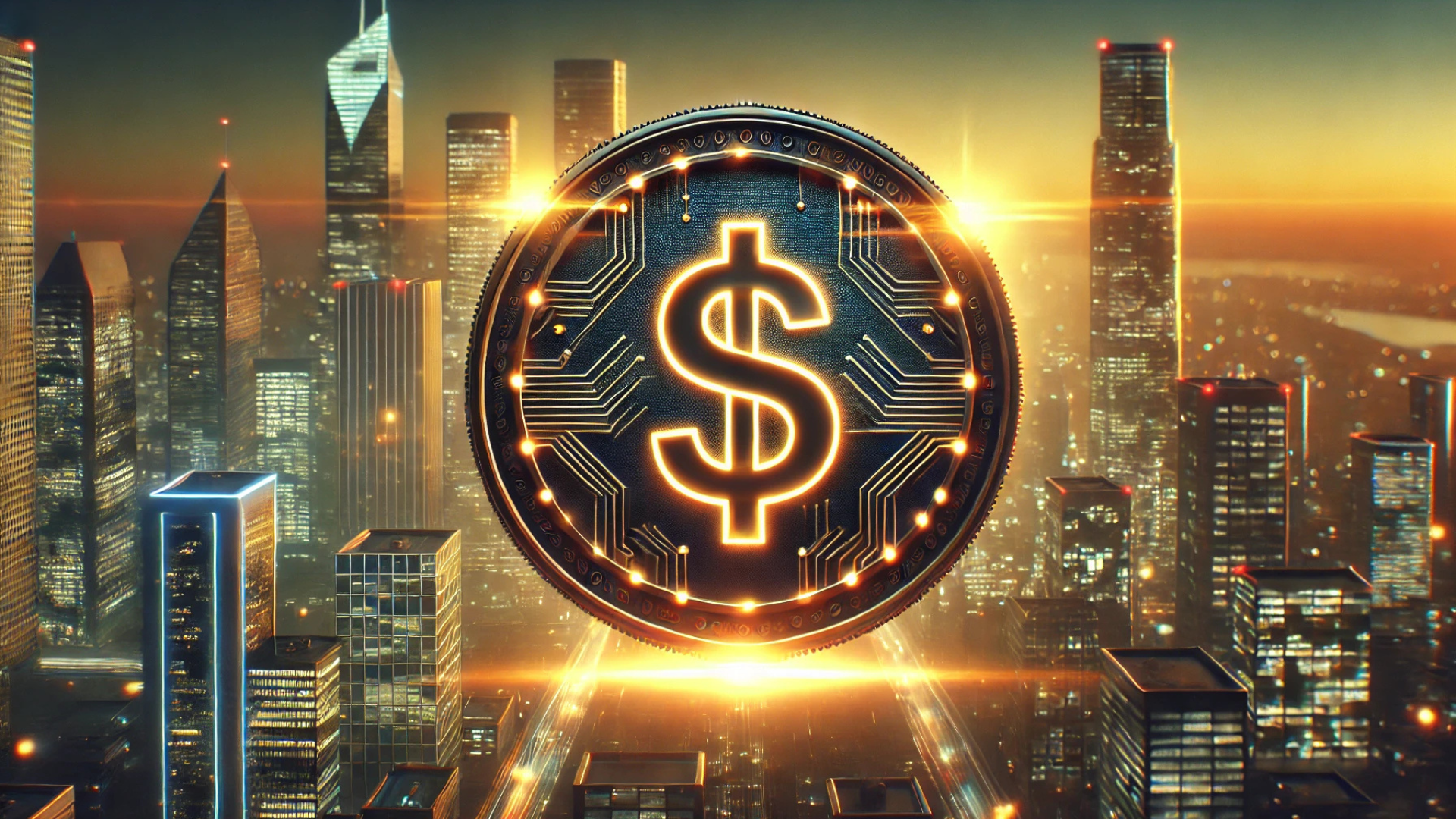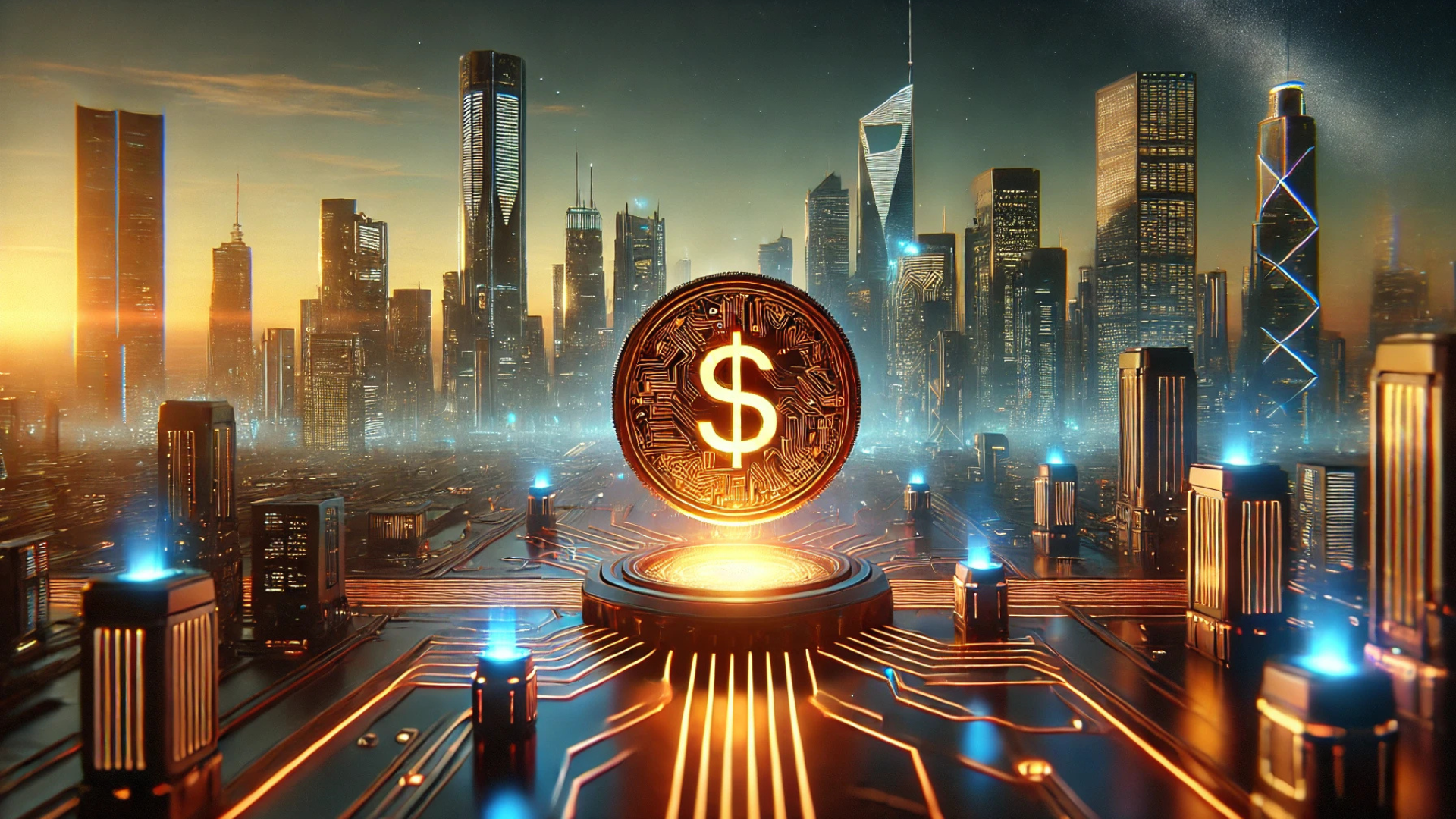
When Federal Reserve official Neel Kashkari recently stated on CNBC that the Fed has “tools to provide more liquidity to the market,” Crypto X wasted no time interpreting the comment as a signal to print more dollars. Whether or not that’s true, the implications for Bitcoin are worth exploring—especially as economic tensions continue to rise.
A Delicate Balance: Liquidity vs. Inflation
Despite Kashkari’s comments, the Fed hasn’t committed to any action yet. Officials remain cautious, emphasizing that they are in no rush to intervene amid tariff-related economic uncertainty. Kashkari specifically noted that the agency would wait to see the outcomes of ongoing international negotiations before making any decisions.
Meanwhile, the inflation data offers a glimmer of hope. For the first time since 2021, U.S. Core CPI inflation has dipped below 3%, with March data showing a 2.4% increase year-over-year. A modest monthly drop of 0.1% in prices also marked the first monthly decline in five years. While this trend supports the case for a rate cut in June, the Fed remains committed to achieving its 2% inflation target before loosening policy.
Trump vs. the Fed: A Brewing Conflict
Behind the scenes, a growing rift between former President Donald Trump and Fed Chair Jerome Powell has emerged. Trump, who aims to weaken the dollar to boost exports and reduce the trade deficit, reportedly wants Powell removed via the Supreme Court—a move without precedent and little legal footing, as the president cannot fire the Fed Chair without cause.
While Trump pushes for rate cuts to stimulate markets, the Fed is opting for restraint. Higher rates help cool inflation but also bring higher mortgage costs and complicate national debt refinancing. In this context, Kashkari’s liquidity comment may be more cautionary than anything else.
Bitcoin as a Safe Haven?
The crypto community’s reaction to Kashkari’s statement reveals a deeper narrative: fear of fiat dilution continues to drive interest in Bitcoin. Even though Kashkari mentioned liquidity tools like Standing Repo Facilities (not traditional money printing), many interpreted it as a precursor to monetary expansion.
Bitcoin historically benefits from economic chaos. The 2020 pandemic crash, followed by unprecedented monetary easing, triggered a massive crypto rally. As Michael Saylor aptly tweeted, “Bitcoin is powered by chaos.”
With a capped supply of 21 million coins and decreasing issuance over time, Bitcoin stands in stark contrast to fiat currencies that central banks can print endlessly. This scarcity and independence from government policies position Bitcoin as a potential hedge against inflation and fiat debasement.
The Bigger Picture
While Bitcoin remains volatile in the short term, its deflationary design and long-term scarcity lend it credibility as a store of value. It may not fully decouple from traditional markets yet, but it’s increasingly seen as a viable alternative in times of macroeconomic instability.
The Fed’s next steps whether it injects liquidity, cuts rates, or continues its cautious path will undoubtedly influence Bitcoin’s trajectory. For now, investors are watching closely, weighing the risks of fiat inflation against the promise of digital scarcity.
TL;DR:
The Fed hasn’t confirmed any immediate liquidity injections, but Kashkari’s comments stirred crypto markets. With inflation cooling yet economic pressure mounting, Bitcoin may again serve as a hedge against monetary uncertainty especially if more dollars enter circulation.

































































































































































































































































































































































































































































































































































































































































































































































































































































































































































































































































































































































































